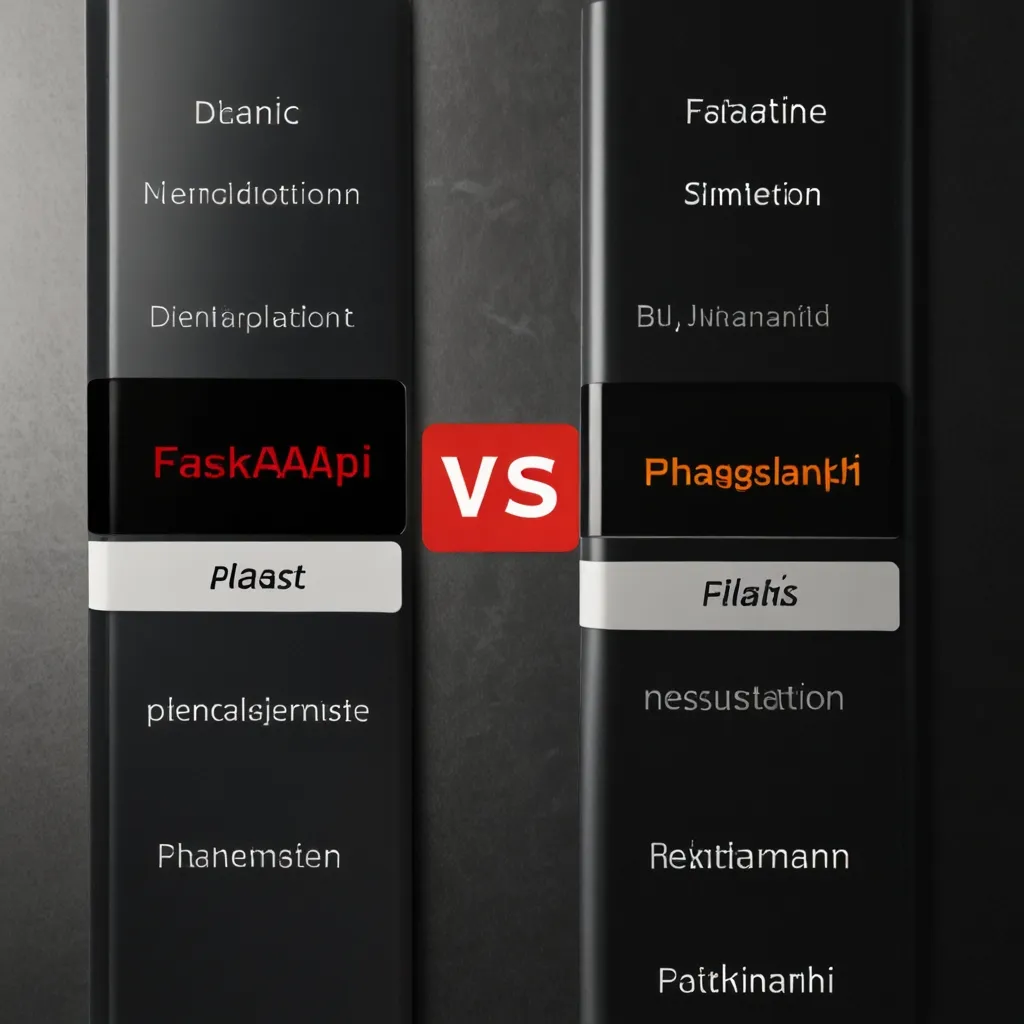Creating a responsive and scalable web application isn’t just about design and frontend features, it’s also about how well the backend handles tasks. When it comes to modern web apps, using FastAPI combined with Celery and Redis can seriously up your game in managing background tasks efficiently. Let’s dive into how to make this happen with an easygoing guide that’ll show you the ropes.
First, let’s talk about why this combo is golden. FastAPI itself is pretty nifty with its BackgroundTasks class for running tasks in the background. But when tasks start getting heavy and complex, or involve lots of number crunching and external API calls, Celery steps in perfectly. Think of Celery as an open-source wizard that helps you manage tasks asynchronously across various worker processes or machines. Redis joins the mix as the message broker, making sure the tasks initiated by your client get communicated effectively to the workers ready to execute them. It’s like having a super-organized office manager ensuring everything gets done in time.
Kickstarting this setup isn’t tough. You need a few packages which you can grab using pip:
pip install fastapi celery redis
Next up, Celery needs to be configured to use Redis. Create a file named tasks.py and get the basics down like this:
from celery import Celery
celery = Celery('tasks', broker='redis://localhost:6379/0')
Here, Celery is set to use Redis running on localhost at port 6379 as the message broker. This is where the magic starts.
Defining tasks with Celery is pretty straightforward. Use the @celery.task decorator. Here’s a simple task that calculates the square root of a number and simulates taking its sweet time doing so:
from celery import Celery
celery = Celery('tasks', broker='redis://localhost:6379/0')
@celery.task
def calculate_square_root(number):
import time
time.sleep(5) # Simulate a long-running task
return number ** 0.5
Integrate this Celery task with your FastAPI app so they work seamlessly together. In main.py, set up your FastAPI app like this:
from fastapi import FastAPI, BackgroundTasks
from tasks import celery, calculate_square_root
app = FastAPI()
@app.post("/calculate-square-root/")
async def calculate_square_root_endpoint(number: float, background_tasks: BackgroundTasks):
task = calculate_square_root.apply_async(args=[number])
return {"task_id": task.id}
@app.get("/status/{task_id}")
async def get_status(task_id: str):
task = calculate_square_root.AsyncResult(task_id)
if task.state == "PENDING":
response = {
"state": task.state,
"status": "Pending..."
}
elif task.state != "FAILURE":
response = {
"state": task.state,
"status": task.info
}
if "result" in task.info:
response["result"] = task.info["result"]
else:
response = {
"state": task.state,
"status": str(task.info), # this is the exception raised
}
return response
Here, a POST request to /calculate-square-root/ kicks off the calculate_square_root task asynchronously and returns a task ID you can use to get status updates. The GET request at /status/{task_id} helps check on the progress and fetch the result once it’s done.
To get those background tasks processed, you’ll need to fire up a Celery worker. Open a new terminal and run:
celery -A tasks.celery worker --loglevel=info
This launches a Celery worker processing tasks defined in the tasks module.
Handling tasks more gracefully can be a real asset, and monitoring them gives you even more power. That’s where Flower comes into the picture. Flower is a wonderful web-based tool for managing and monitoring your Celery tasks. Install Flower using:
pip install flower
Then get it running on port 5555 with:
celery -A tasks.celery flower --port=5555
Flower gives you a slick interface to keep tabs on everything that’s happening with your tasks.
Celery and Redis can be lifesavers in real-world scenarios where tasks are resource-intensive and time-consuming. For example, sending confirmation emails when a user signs up is a classic case. This can be done in the background while the user continues to enjoy a smooth experience. Processing images like resizing or compressing uploads is another. These tasks can hog a lot of resources, so offloading them to the background streamlines your app’s performance. Training machine learning models? Offload that too and keep your app responsive. Even web scraping and crawling can be handled better when run in the background.
When diving into Celery and Redis with FastAPI, keep some best practices in mind. Always use task queues provided by Celery to manage tasks and workers efficiently. Make clear distinctions between tasks that belong within the request/response cycle and those better suited for background processing. This helps keep the app’s core functions fast and responsive. Additionally, containerizing your setup using Docker and Docker Compose can simplify deployment and ensure consistent environments across development, staging, and production.
Embracing Celery and Redis for managing asynchronous tasks in FastAPI isn’t just about handling things in the background—it’s about boosting your app’s responsiveness and scalability. Offloading heavy, time-consuming tasks ensures your users always get quick and smooth service, no matter what complex operations are running behind the scenes. Whether it’s sending emails, processing images, training machine learning models, or scraping the web, the Celery and Redis duo is your go-to framework for making it all happen efficiently.






